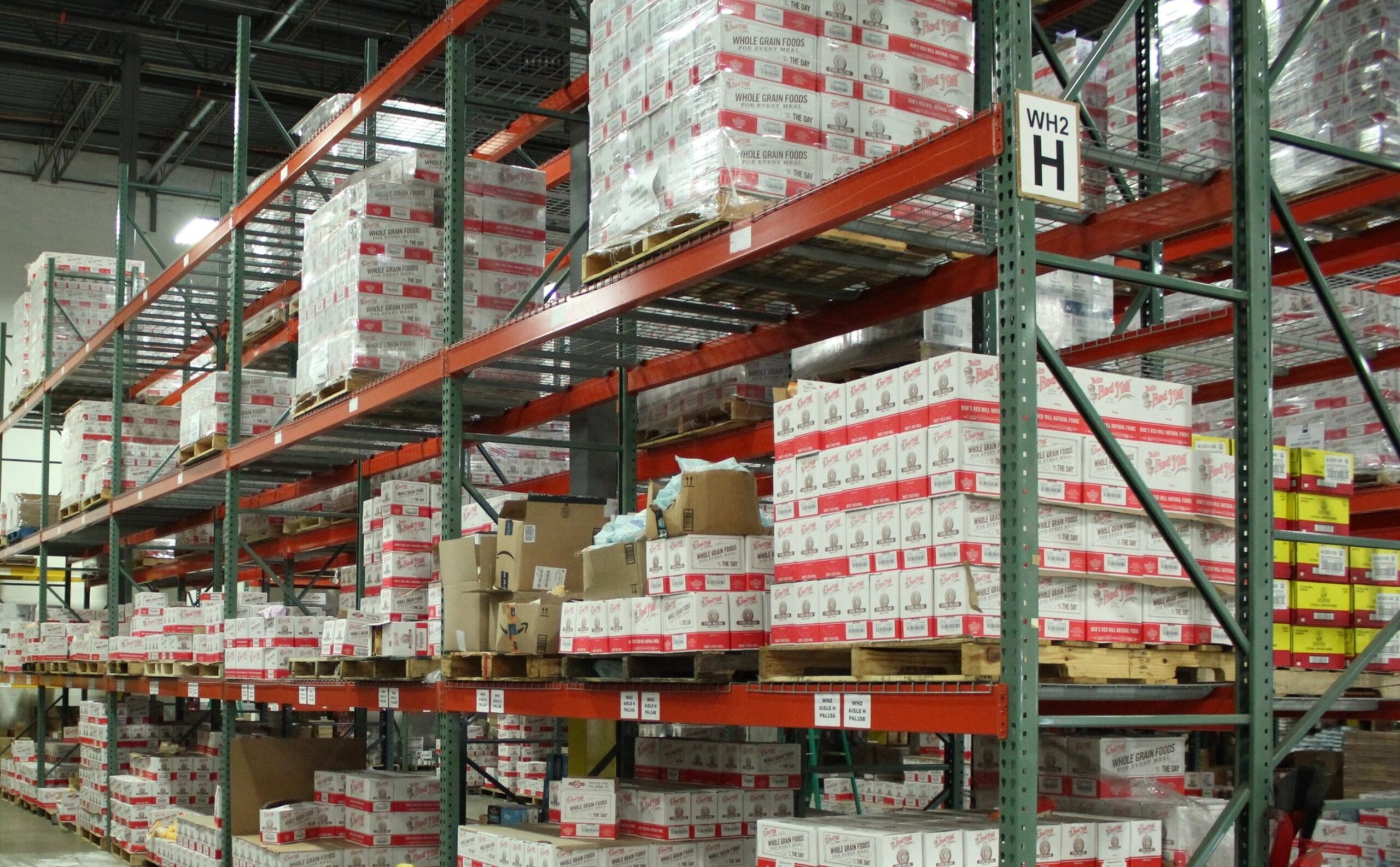Contents

When I was managing supply chain at Gatorade, I personally approved and denied tens of thousands of detention requests from freight brokers and asset-based carriers.
What is detention in transportation?
Detention occurs when a truck driver is required to wait for an extended period, either at a shipping or receiving location, beyond the agreed-upon timeframe for loading or unloading goods.
Detention can occur for a few different reasons, including a lack of staff or equipment to unload the goods, late pick-ups from carriers, unexpected delays, or lack of organization at the pickup or delivery location. In this article, we will provide an overview of detention in transportation, its definition, types, causes, and impact on the industry. Furthermore, we will discuss strategies to avoid detention and best practices for managing it.
Importance of understanding detention in transportation
Detention can result in significant financial losses for both carriers and shippers. I have alone had to pay carriers over $500 for a single shipment that was loaded late by our warehouse staff at Gatorade in Indianapolis.
Carriers may lose valuable time such as additional pick-up opportunities, incur extra expenses, and fail to meet delivery deadlines, leading to a reduction in customer satisfaction and reputation.
On the other hand, shippers may also face additional costs, such as detention fees, demurrage charges, and lost business opportunities due to delayed shipments. Understanding detention in transportation is essential to minimize these risks and optimize the supply chain process.
Types of detention
Detention can be classified into two types, namely driver detention and equipment detention. Driver detention occurs when a driver is forced to wait for an extended period at a loading or unloading site beyond the agreed-upon time. Equipment detention occurs when the carrier’s equipment is detained, and the driver is not allowed to leave the site.
Causes of detention
Detention can occur due to various reasons, such as:
- Inefficient loading and unloading processes
- Inaccurate appointment scheduling
- Lack of available dock space from high volume
- Inadequate staffing levels
- Unexpected delays due to weather or traffic conditions
How detention increases transportation cost
Impact on shippers and carriers
Detention has significant impacts on shippers and carriers. For shippers, detention can result in increased operational costs, reduced productivity, and missed delivery deadlines, which can negatively affect their reputation and customer relationships. Carriers, on the other hand, may face financial losses due to unpaid detention fees, lost revenue from missed opportunities, and reduced driver productivity.
Consequences of detention
The consequences of detention can be severe and can include delays in delivery schedules, increased operational costs, reduced productivity, and strained customer relationships. Detention can also lead to reduced driver morale, decreased job satisfaction, and high turnover rates.
Cost of detention
Detention can result in significant costs for carriers and shippers. Carriers may incur additional expenses, such as driver wages, fuel costs, and maintenance costs, while shippers may face detention fees, demurrage charges, and lost business opportunities due to delayed shipments. Think as well about the missed opportunity cost of not being able to pick up an additional load because of lost hours.
Strategies to avoid detention
Communication
Our rule at PepsiCo was a 30-minute grace period past the set appointment time. If a carrier was 1 minute past that time, they could sit for 10 hours on a given distribution center’s lot because they missed the cut-off time. Besides the obvious strategy to fix that which is to show up on time, a driver can walk up in the line and check in to avoid that.
Effective communication between shippers and carriers can help to reduce detention time. Shippers should provide accurate information about their loading and unloading processes, appointment scheduling, and available dock space. Carriers should communicate any delays or changes in schedules to shippers promptly.
Time management
Proper time management can help to reduce detention time. Shippers should schedule appointments based on their available resources and provide accurate loading and unloading times. Carriers should arrive at the site on time and communicate any potential delays to shippers promptly.
Technology
The use of technology can help to reduce detention time by providing real-time visibility into the status of shipments. This includes the use of transportation management systems (TMS), electronic data interchange (EDI), and GPS tracking. These technologies can provide real-time updates on the location of trucks and the status of shipments, enabling carriers and shippers to adjust schedules and avoid delays.
Best practices for managing detention
Negotiation
Effective negotiation between shippers and carriers can help reduce detention time and costs. This includes negotiating fair detention rates and penalties, establishing clear guidelines for loading and unloading, and developing contingency plans for unexpected delays.
Documentation
Proper documentation is essential for managing detention. Carriers should maintain accurate records of detention time and any associated costs, while shippers should provide clear and detailed instructions for loading and unloading. Documentation can also be used to support claims for unpaid detention fees and demurrage charges.
Legal recourse
In cases where shippers fail to pay detention fees or demurrage charges, carriers may pursue legal recourse. This includes filing a lawsuit or arbitration claim to recover unpaid fees and damages.




